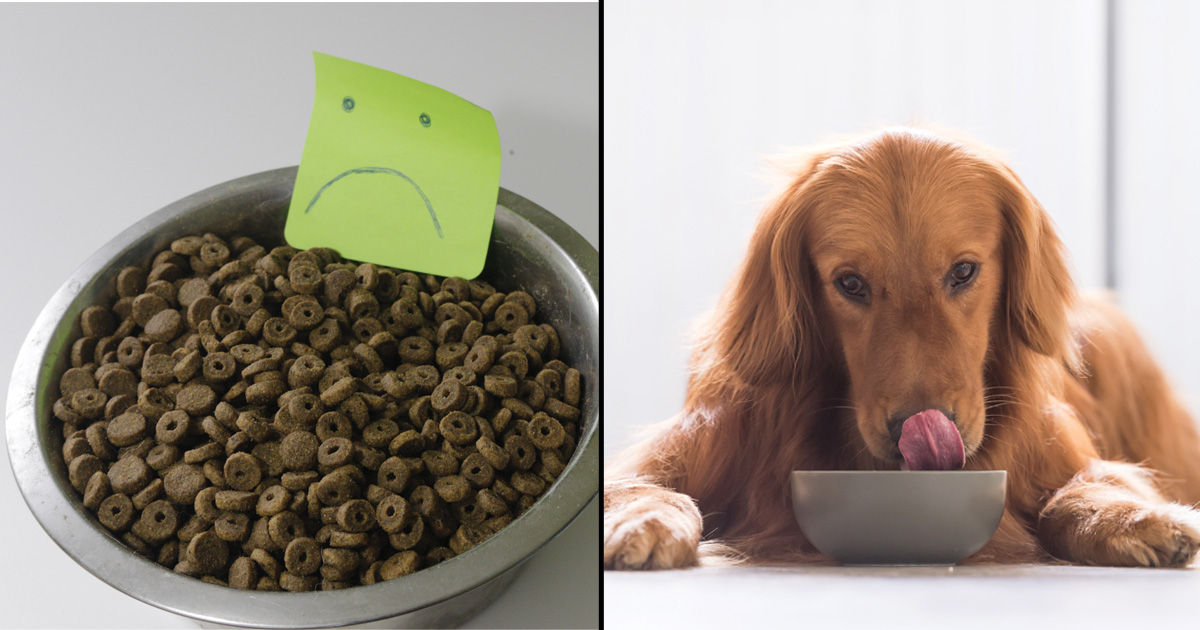
First invented in 1860, dry dog food has revolutionized the life of pets around the world. The process of extruding kibble creates a shelf stable product, making it more convenient (and inexpensive) than ever to feed our dogs.
However, kibble has one major flaw that many canine nutrition experts would argue is drastically affecting the lifespans, rate of cancer, and dental health of our dogs. The problem with kibble is that a large amount of carbohydrates are required in order to manufacturer it. In fact, most kibbles contain roughly 50% carbohydrates.
A quick glance at the teeth of our dog’s proves an obvious fact: dogs were meant to eat primarily protein. Their sharp canine teeth were designed to tear at fresh meat, not grind down on grains or other kinds of carbohydrates.
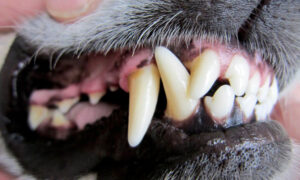
That’s not to say dogs can’t eat carbs. Dogs are very opportunistic, and carbohydrates can satisfy their caloric needs very inexpensively. But the question remains: is this the optimal diet?
Dogs Thrive on More Protein, Less Carbs
Take a quick look at the back of your dog’s bag of kibble. You’ll see a guaranteed analysis that looks something like the image below. Notice one surprising omission: it does not say how many carbohydrates are in the food! This is despite the fact that the carbs actually dwarf the protein and fat content.
In fact, it surprises many dog owners that dogs have exactly zero biological need for carbohydrates of any kind. This is why they are not required to be listed on the guaranteed analysis (protein and fat, on the other hand, are vitally important!)
Kibble contains mostly carbohydrates for another important reason: carbs are significantly cheaper than meat.
If you think your dog’s food might fair better because its “grain free”, think again. Many dog parents are shocked to learn that grain-free foods often contain MORE carbs, usually in the form of potatoes, legumes, or peas. There’s no getting around it, kibble requires a substantial amount of carbohydrates in order to be made.
2 Easy Ways to Boost Your Dog’s Protein on a Budget
Fortunately, you don’t have to completely abandon kibble in order to feed your dog a more biologically appropriate diet. More and more dog parents are beginning to top their dog’s dry food with fresh food, especially freeze dried meat toppers.
Here’s our favorite 2 low cost ways to boost your dog’s protein:
1. Add an Egg or Shredded Chicken Over Your Dog’s Kibble
By simply removing a handful of kibble and replacing it with an a raw or cooked egg or some fresh shredded chicken breast, you can begin to reduce your dog’s carbohydrate intake and replace it with protein. If your dog has a sensitive stomach, be sure to go slow or include a probiotic in their diet to help the transition.
2. Add A Freeze Dried Meat Topper (That Includes Probiotics)
Freeze dried meat toppers have become one of the fastest growing product categories in pet stores, and for good reason. Freeze dried meat preserves the nutrients of protein, offering more benefit to your dog’s body. Kibble on the other hand, destroys much of the value in the high-heat manufacturing process.
Plus, there’s an added benefit of freeze dried topper: dogs go absolutely crazy at meal time! We like the Happy Healthy brand of toppers because it includes chicken or beef, probiotics (helps the transition), blueberries, kale, and carrots for additional nutrition.
Unlike kibble, no heat is used with a freeze dried product, so the meat is as close to nature as possible. The addition of a small amount of fruits and vegetables helps increase your dog’s intake of natural vitamins and valuable phytonutrients that are not found in dry dog food.
When we taste tested this topper in the iHeartDogs offices, 10 out of 10 dogs went CRAZY for it over their regular kibble. The topper coats your dog’s existing kibble, boosting the flavor and the nutrition.
You can learn more about the toppers here.
These statements have not been evaluated by the Food and Drug Administration. This product is not intended to diagnose, treat, cure, or prevent any disease. The information on this website is not intended to replace a one-on-one relationship with a qualified healthcare professional.
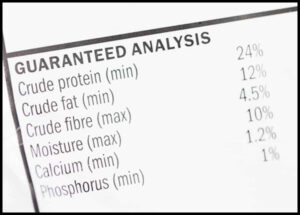
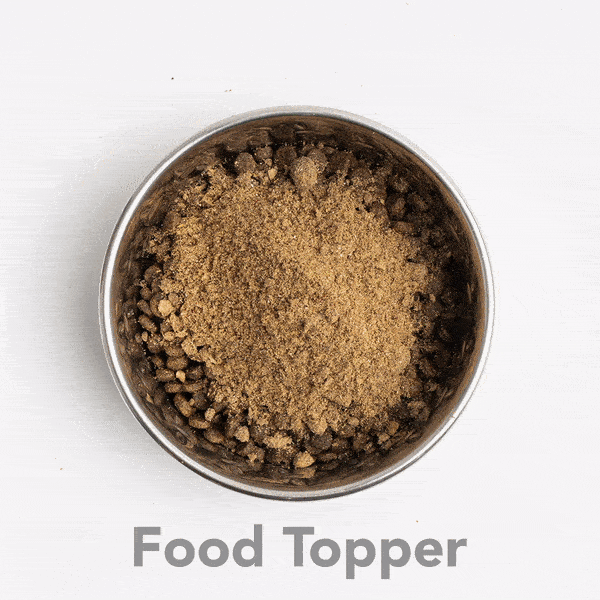
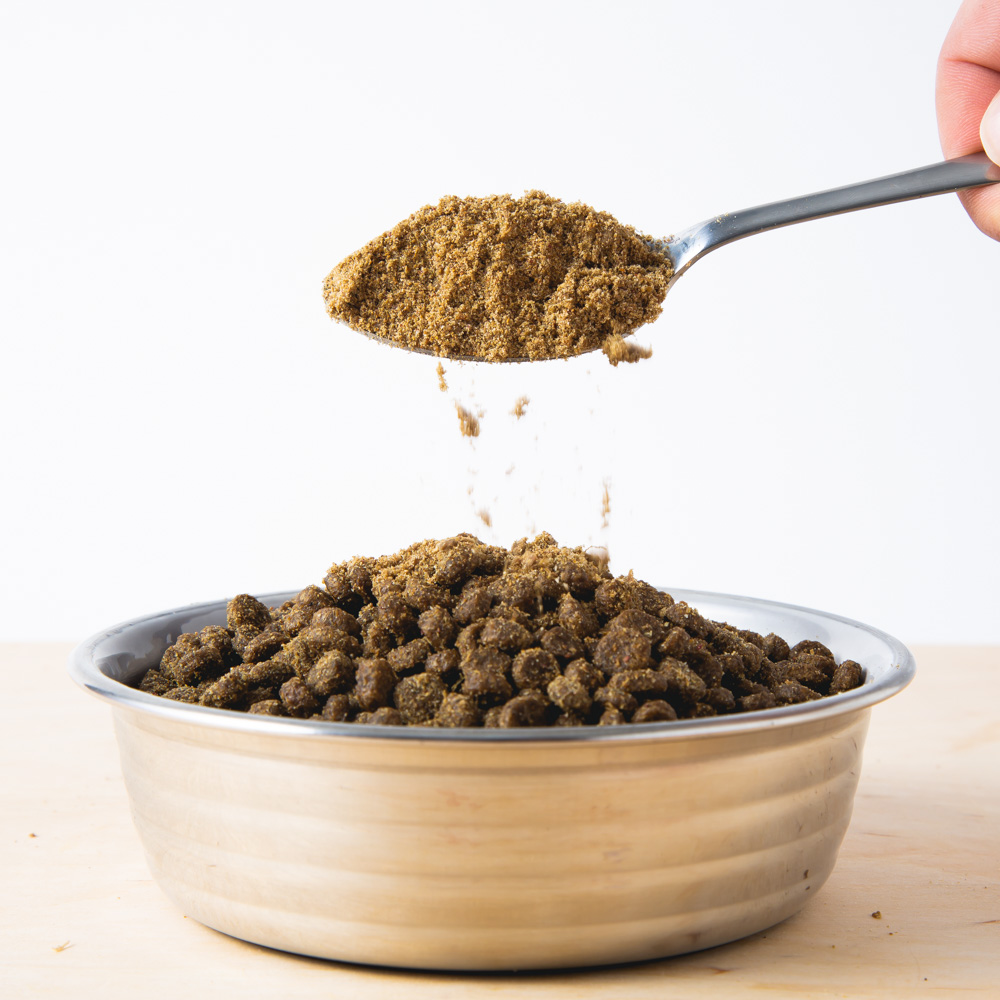


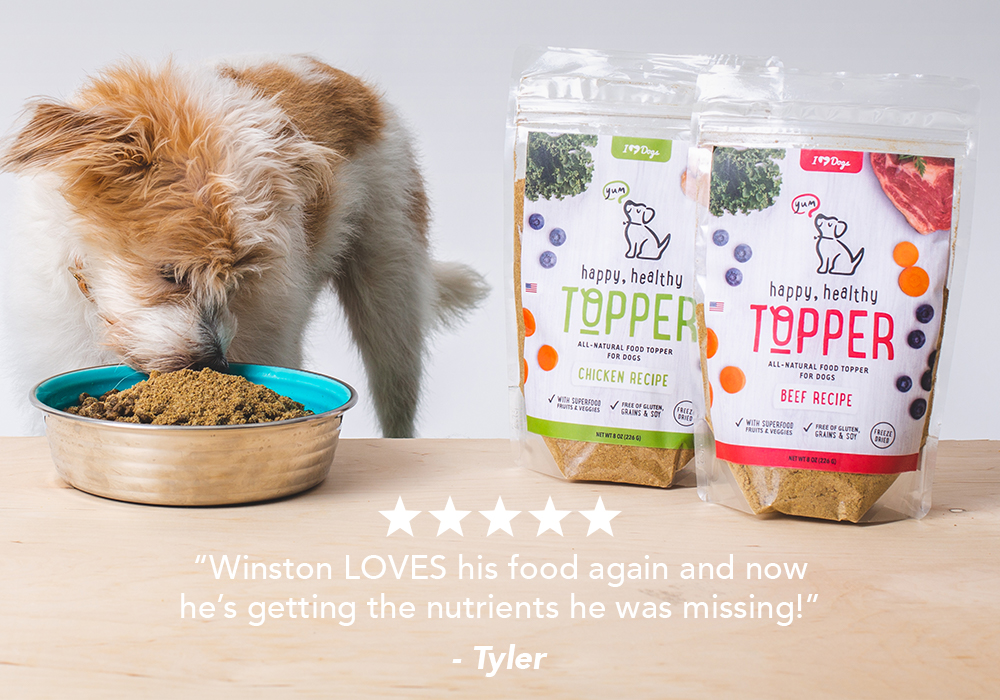
 Toledo, United States.
Toledo, United States.